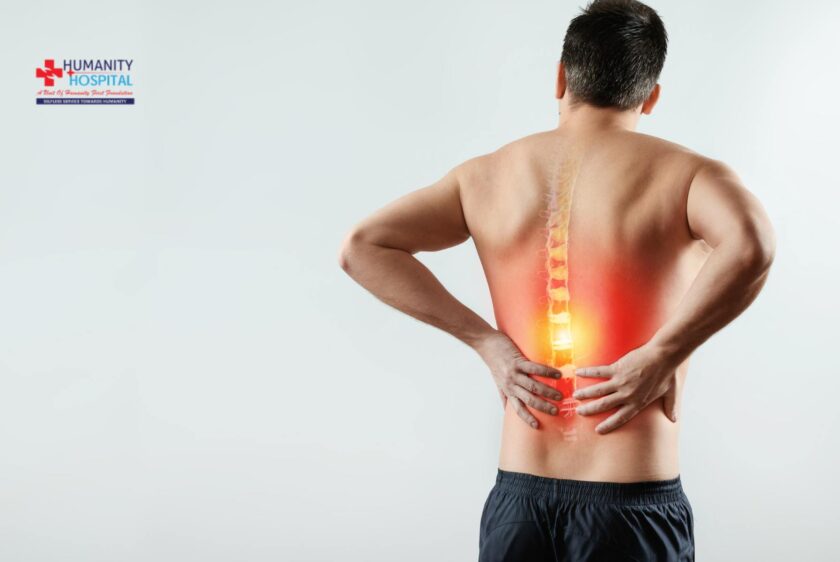Back pain is one of the most common ailments affecting people of all ages. Whether it’s caused by poor posture, muscle strain, or a medical condition, back pain can significantly impact your daily life. Fortunately, many cases of back pain can be prevented or managed with the right approach. In this blog, we’ll explore how ergonomics, exercise, and medical treatments can help prevent back pain and improve your overall health.
1. Understanding Back Pain
Back pain can range from mild discomfort to severe pain that limits mobility. It can be acute, lasting a few days or weeks, or chronic, persisting for months or even years. The pain may originate from muscles, ligaments, joints, or discs in the spine. Common causes include:
- Poor posture
- Muscle strain from heavy lifting
- Inactivity or prolonged sitting
- Medical conditions like arthritis or herniated discs
Prevention is key to minimizing the risk of developing back pain, and understanding the role of ergonomics and exercise can make a big difference.
2. Ergonomics: Creating a Back-Friendly Environment
Ergonomics involves designing your workspace and daily activities to promote good posture and reduce strain on your back. Here are some tips to create a back-friendly environment:
- Proper seating: Use a chair that supports the natural curve of your spine. Adjust the height so your feet rest flat on the floor and your knees are at a 90-degree angle. Avoid slouching, and use lumbar support if necessary.
- Desk setup: Position your computer monitor at eye level to prevent neck strain, and ensure your keyboard and mouse are within easy reach. If you work at a desk for long hours, take regular breaks to stand, stretch, and move around.
- Lifting techniques: When lifting heavy objects, bend at your knees, not your waist, and keep the object close to your body. Avoid twisting your back when lifting or carrying items.
By practicing good ergonomics at home and at work, you can reduce the strain on your back and lower your risk of injury.
3. Exercise: Strengthening Your Core and Back Muscles
Exercise is another crucial component in preventing back pain. A strong core and flexible muscles help support the spine and improve posture. Here are some exercises that can help:
- Core strengthening: Exercises like planks, bridges, and leg raises target the muscles that support the lower back, helping to alleviate strain and prevent pain.
- Stretching: Stretching your hamstrings, hips, and lower back can improve flexibility and reduce tension. Yoga and Pilates are excellent practices for improving posture and muscle balance.
- Low-impact aerobic exercise: Walking, swimming, and cycling increase blood flow to your spine and promote healing. They also help maintain a healthy weight, which reduces pressure on the lower back.
Consistency is key when it comes to exercise. Incorporating a regular routine of strengthening and stretching can go a long way in preventing back pain.
4. Medical Treatments for Back Pain
While ergonomics and exercise can prevent many cases of back pain, medical treatment may be necessary for chronic or severe pain. Treatment options include:
- Physical therapy: A physical therapist can design a personalized exercise plan to strengthen your back, improve posture, and alleviate pain. They may also use techniques like massage, ultrasound, or electrical stimulation to promote healing.
- Medications: Over-the-counter pain relievers, such as ibuprofen or acetaminophen, can help reduce inflammation and pain. For more severe pain, a doctor may prescribe muscle relaxants or stronger medications.
- Injections: In some cases, corticosteroid injections may be recommended to reduce inflammation and relieve pain in specific areas of the spine.
- Surgery: Surgery is usually a last resort, considered only when conservative treatments fail, or in cases of severe disc problems, spinal stenosis, or other structural issues.
It’s essential to consult with a healthcare professional for an accurate diagnosis and appropriate treatment plan.
5. Lifestyle Changes for Long-Term Back Health
Beyond ergonomics and exercise, adopting a healthy lifestyle can support long-term back health:
- Maintain a healthy weight: Excess weight, especially around the abdomen, can put extra strain on your back. Eating a balanced diet and staying active can help manage your weight and reduce the pressure on your spine.
- Stay active: Prolonged inactivity can weaken your muscles and lead to back pain. Incorporate regular movement into your daily routine, whether through exercise, walking, or simple stretches.
- Quit smoking: Smoking can impair blood flow to the spine, leading to disc degeneration and increased back pain. Quitting smoking can improve your spine’s health and overall well-being.
6. When to Seek Medical Help
While many cases of back pain can be managed with home care, certain symptoms warrant a visit to a healthcare professional:
- Pain that persists for more than a few weeks
- Pain that radiates down one or both legs
- Numbness or tingling in the legs
- Difficulty standing or walking
- Sudden, severe pain after an injury
If you experience any of these symptoms, seek medical advice for proper diagnosis and treatment.
7. Conclusion
Back pain doesn’t have to be a constant struggle. By adopting proper ergonomics, maintaining an exercise routine, and seeking medical care when necessary, you can prevent and manage back pain effectively. Whether you’re working at a desk or lifting heavy objects, protecting your back is essential for long-term health. For more information on back pain prevention and treatment, visit Humanity Hospital.




